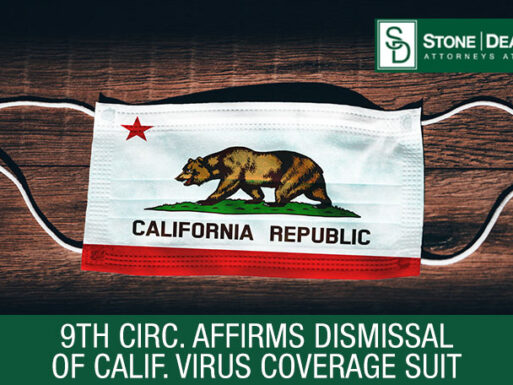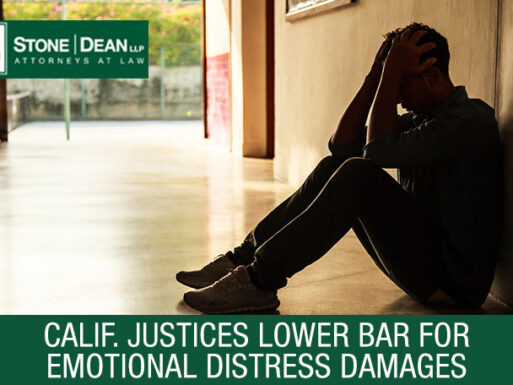To reduce cell phone related automobile accidents, law enforcement officials in California have implemented multiple laws, but still many people are hurt or killed in crashes due to distracted driving.
What is “distracted driving”? We hear the term over and over again, and usually it is linked to cell phone use behind the wheel. In reality, distracted driving goes beyond texting and talking; it is defined by lawmakers as anything that causes a motorist to look away from the road, endangering themselves and others. Unsafe driving citations go beyond just cell phone use; anything from touching up your makeup, to eating can cause a ticket at the officer’s discretion. If a police officer sees you driving and believes you are distracted by something other than a phone, they are at liberty to pull you over.
There are two kinds of distracted driving law throughout the country–primary laws and secondary laws. A primary law means that an officer can ticket the driver for the offense with no other traffic violation taking place. A secondary law means an officer can only issue a ticket if a driver has been pulled over for another violation (like speeding). California has primary laws against handheld devices and texting by all drivers. Bus drivers may not use cell phones at all, whether hand-held or hands-free. Novice drivers (those under 18) may not use handheld or hands-free devices of any kind.
Even if you are at a stoplight, you are not exempt from the ban against texting and handheld cell phones; you may not hold your cell phone while driving, whether or not you are using the speakerphone feature. For your safety, unless you are parked or stopped in a safe area, it is better not to pick up the phone.
Besides keeping your phone out of your hands, you also may not wear headphones that cover both ears because impairing your hearing while driving is as dangerous as looking away from the road. In California, it is legal to have your dog in your lap while driving, but the statistical danger of allowing your pet to run free in the car without restraint is comparable to the texting and driving risks. Several states have passed laws making it illegal to have a dog or cat in your lap while you drive, but these regulations have yet to reach the Golden State. It can endanger both you, and your pet if you get into an accident with them in the car.
What about navigation apps? For those of us who have no sense of direction, we did get some relief on this issue in a recent appeal from a traffic court ruling in Fresno, California this past February. The Fifth District Court of Appeal held that distracted driving laws do not apply to use of navigation apps such as Google Maps. While this may be used as legal precedent, it does not come as a wholesale endorsement. Fresno PD Captain Andy Hall says he sees no difference between texting and using a navigation app when it comes to safety.
Some officers and advocates suggest that cell phone use, even with Bluetooth use, should be banned while driving. Because distraction is such a subjective term, much of its application relies on the police officers that patrol the roads, but it is the responsibility of drivers not to endanger themselves and others. While you might avoid criminal citations, legal liability may be altogether a different result. Cell phone use can be easily ascertained by looking at the cell phone provider’s records, so if an accident occurs, cell phone records are the first thing that lawyers subpoena.
Co-written by: Marleigh Green



